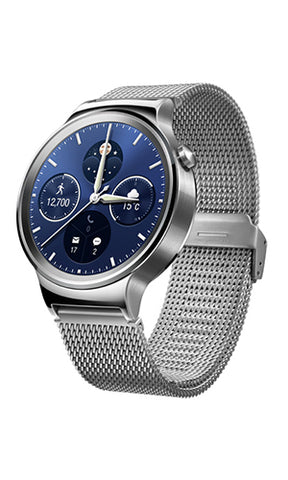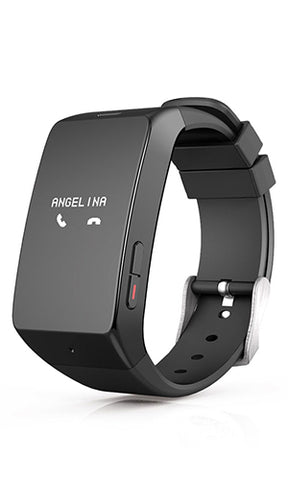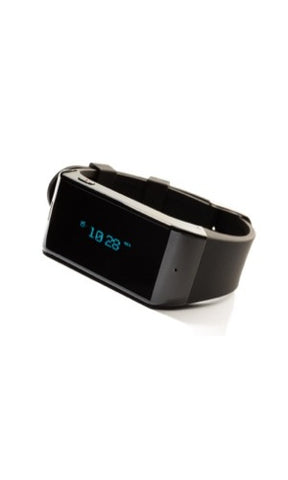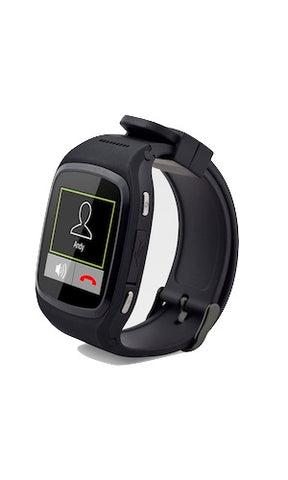Oculus Rift vs. Project Morpheus: Comparing the hot VR headsets
Written By
Tom Hushen
Remember in the ’90s when virtual reality was supposed to be the gaming of the future? Sega had the VR headset and Nintendo came out with the Virtual boy. Then the unexpected happened: The promise of virtual reality crashed and burned. People hated the clunky tech and crappy graphics.
Fast forward to 2015, and we are now sitting on the precipice of a VR throwdown between Oculus Rift and Sony’s Project Morpheus — two of the best gaming headsets of the foreseeable future. We scoured the internet to find as much data as we could on both of these devices, and here’s what we found.
Oculus Rift vs. Project Morpheus
Design
It would seem that the early demise of VR was brought about through the implementation of clunky headwear, but Oculus and Sony have managed to avoid that. Both Oculus’ Rift and Sony’s Project Morpheus boast ergonomic headsets that put comfortability first. Oculus uses a series of straps that are adjustable for each unique user. The company describes the process as similar to putting on a baseball hat.
Sony recently redesigned Project Morpheus to only use a single strap with a quick release button, which would be wonderful considering that some people get sick from playing too long. But Oculus one-ups Sony by incorporating an adjuster for the lens on the bottom right side of the headset.
Display
Both of these products cram so much amazing visual technology into their displays that it could be difficult to decide which one you want. If you want clarity and stunning visuals, then the Rift might be what you’ll consider the best headset for gaming. With final specs putting the resolution at 2160 x 1200, the Oculus Rift uses two OLED lights to produce one image working with 233 million pixels per second. It also packs two AMOLED displays with low-persistence technology. The technology enables incredible visual clarity as you explore virtual worlds with the Rift. Finally, the Oculus Rift has a 100 degree display field, which outperforms the 90 degree display field of Project Morpheus.
But what if, for you, clarity isn’t the most important aspect of virtual reality? Recent stats seem to show that Project Morpheus creates a more immersive experience. Morpheus features a 1080p resolution and uses OLED lighting. More importantly, the Sony headset uses LED tracking on all sides of the device. The new prototype has nine tracking LEDS, which is three more than the previous model. This kind of technology would allow you the game to encompass you completely, not just in the 100 degree field for the Oculus Rift.
Hardware
If you don’t already own a high-end PC, you may want to seriously consider the Sony VR headset. The Oculus Rift needs some above-normal gaming hardware for top performance. Here are the minimal computer specs that you need to have in order to use an Oculus Rift:
- Graphics: Nvidia GTX 970 or AMD 290 graphics card
- Processor: Intel i5-4590 processor
- Ram: at least 8GB of RAM
- Windows 7 SP1 or higher, two spare USB 3.0, and an HDMI 1.3 video output supporting a 297 MHz clock via a direct output architecture
And there’s some bad news if you only own a gaming laptop. Most, if not all, gaming laptops don’t have the GPU (Graphics Processing Unit) capabilities to run a Rift.
Project Morpheus, however, is a lot simpler. All you need is a Playstation 4. The headset will be wired to the gaming console and the wireless PS4 controllers will control your VR experience.
Audio and Controls
There’s this really cool thing called 3-D audio, and both of these VR headsets will have it. This new audio complements the virtual reality experience by convincing your brain that the audio is coming from all directions. Oculus Rift implemented this technology in their fully adjustable (and removable) gaming headphones. Project Morpheus, on the other hand, is using headphones that have full stereoscopic sounds which come come in at different angles depending on your head rotation.
Oculus also hopes to reinvent how we use controllers. This summer, they introduced the Oculus Touch “Half-Moon” prototype at E3. These new ergonomic, handheld controls allow users to physically interact in VR. The Half-Moon prototype comes with two controllers, both having an analog stick, two buttons, and a trigger. The controls also come with haptic sensors.
These handheld attachments for the Rift will not be available when the consumer Rift launches in Q1 of 2016. They are rumored to be coming out sometime in the second half of 2016. It is expected that every Oculus Rift will be shipped with an Xbox One Controller. It is unlikely that Project Morpheus will ship with a PS4 controller, since you would already have one if you owned a PS4.
Games
VR games are on the rise, but you are going to need some serious hardware just to play them. A regular virtual reality game can run 3 times the GPU of traditional 1080p video games. Steam has 63 games that are currently compatible with Oculus developer models DK1 and DK2, which presumably means they will also work with the consumer model Rift when it hits the market. One of the hottest games getting attention right now is “Elite: Dangerous,” a VR game released for the Oculus DK2.
“Elite: Dangerous” is a space adventure, trading, and combat simulator game. It bridges together an open world sandbox game with massive multiplayer gameplay. It will be available for Xbox One, PS4, and Oculus Rift.
As far as Sony fans are concerned, IGN is reporting 40 PS4 games are already compatible with Project Morpheus and plenty more are expected to be announced throughout the year.
One important thing to note: Even though you will be able to stream certain Xbox One games, it’s not what you may think. The games will not have the same immersion as the games that are developed for the Rift. You will be placed in a “virtual living room,” where you can see your Xbox One game on a large screen. It’s kind of cool, though, if you’re playing on a small screen.
Price
The prices of these wonderful machines seem to be the world’s best kept secret. The internet has run amuck with rumors, most hinting at the $1,500 mark, if you don’t own a gaming computer with the specs mentioned above. If you were smart enough to purchase that computer, then you are looking between $500 to as much as $800 as reported by CNET. What we do know is that the headset will be coming out sometime in the first quarter of 2016.
Project Morpheus is surrounded by even more secrecy. Sony has come out saying that it is still too early to tell what the price may be. Even the internet is lost on this one. Polygon is reporting that it could cost several hundred dollars. We do know that it will be out next year, and thats about as precise as we can get.
In conclusion
Sorry guys, it’s still too early to call this one. The specs are pretty much neck and neck between the two VR headsets. The Sony Project Morpheus looks like it is going to be a little less costly, if you already own a PS4. Plus, they added the 7 OLED lights to create a deeper immersion into the game. On the flip side of the coin, Oculus has a cleaner resolution and introduces AMOLED low persistence technology. We need 2016 to get here already so we can make this call.
Tags: 3D Gaming Glasses, Featured Items, gaming, HomePage Featured, oculus, sony, Virtual Reality, VR, VR Glasses, VR Goggles, VR Headset, Wireless Headphones










